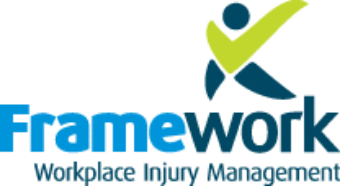Helping People Learn Safety
Guest post by Dr Rob Long from www.humandymensions.com

The Essence of Learning Safety: Moving Beyond Information
The first thing we need to observe is embedded in the title, this article is not learning ‘about’ safety, learning ‘about’ safety is just data and information, ‘learning safety’ is real learning, when safety is owned and change results. Argyris and Schon (1974 Theory in practice: Increasing Professional Effectiveness) called this ‘double loop learning’. Everything else is just training or indoctrination, what they called ‘single loop’ learning. Learning ‘about’ safety is like learning ‘about’ anything, information is not education. The real art is to helping people learn safety.
There is a strange mythology out there that ‘telling’ is the primary methodology for learning and we know this is not true. People sit through endless telling processes like inductions and ‘white cards’ and learn so little safety. People have no amount of safety ‘preached’ at them but soon observe that the preaching doesn’t match the modelling and so they learn that the telling is meaningless. This is called ‘Double Speak’ and is far more powerful than telling, this is because educators know that the congruence or incongruence of the ‘hidden curriculum’ (method of telling) overrides the content of the telling. Hitting people so they won’t hit others comes to mind as an example of Double Speak and the hidden curriculum, a parent swearing at a child not to swear etc, you get the idea.
Beyond Telling: Unraveling the Myth of Telling as the Primary Learning Method
The mythology of telling-as-learning seems to have people convinced that a data dump is how people ‘learn safety’. Then when people don’t learn safety they don’t question the validity of the telling model, they presume people didn’t learn because they have a hearing problem. So, they will learn safety next time if someone yells it. Then when safety remains unlearned it must be because the other person is ‘stupid’, it couldn’t possibly be because the methodology of ‘telling’ is mythology.
Safety people proclaim the need for ‘safety ownership’, rant and rave about people needing ‘common sense’ and despair of the repetitive nature of their job yet, have little expertise in learning and confuse indoctrination and training with learning. It’s the Fodor Paradox, the beginning of learning comes from knowing what you don’t know. So we don’t know about medicine and trust a doctor, we don’t know about flying so we trust a pilot but, when it comes to learning we know what we know.
Fodor Paradox in Safety Education: Bridging the Gap between Knowledge and Learning
One of the unfortunate characteristics of safety education is that people don’t learn about education and learning. A safety diploma or degree trains people to think that safety is all about a regulation and a data ‘dump’ and then when the safety person gets out on the job discovers it’s all about people. Most safety people tell me they wish they had learned about learning, motivation, perception, influence, knowledge development and inspiration in their safety training because, they discover pretty quickly when they get into the workplace that telling people about regulation doesn’t create safety.
Dr Robert Long is the founder of Human Dymensions and has extensive experience, qualifications and expertise across a range of sectors including government, education, corporate, industry and community sectors over 30 years. He has conducted and designed numerous reviews, consultancies, training programs and evaluations for large and small organisations.
Click here to read further

